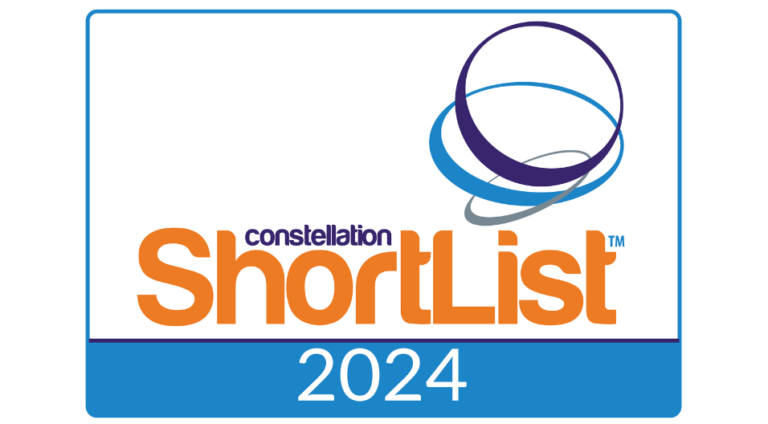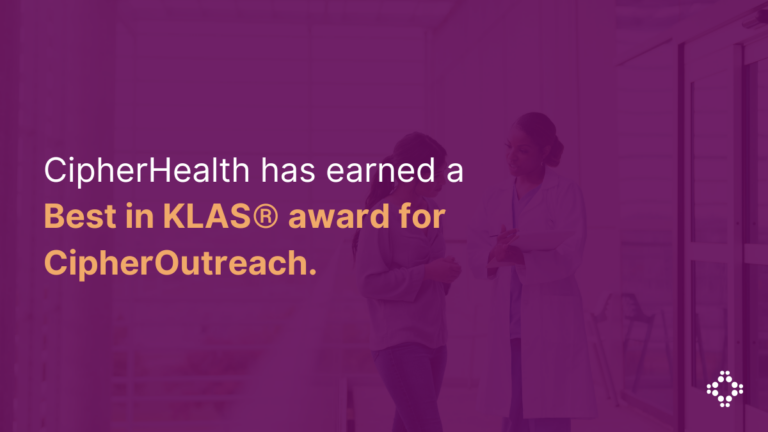According to The American Cancer Society, nearly one out of three people will develop cancer in their lifetime. Although this statistic can be scary, patients can get regular cancer screenings that allow for early detection and prevention. In fact, five-year relative survival rates for breast, colon, and cervical cancers are 93 – 100% if they are discovered before spreading beyond the organ where the cancer began. By utilizing healthcare technology, providers can actively engage patients outside of the primary care visit to promote behaviors that support optimal health outcomes.
It is important for patients to follow recommendations for cancer screening tests, which vary depending on age and gender. When providers educate patients about healthy lifestyle choices and recommended cancer screenings, they empower patients to engage as full participants in their health.
Meet Patients Where They Are
Cancer screening guidelines vary depending on a host of genetic and environmental factors, including the individual patient’s age, gender, family history, and lifestyle choices. For example, the American Cancer Society recommends women aged 45 and older to get a mammogram every year. If an individual has a higher than average risk for breast cancer due to family history, discussing recommended screening guidelines with a provider is important since screening may be more frequent and/or start earlier. Since cancer screening guidelines differ and may prove challenging to navigate, patient education and partnership plays an important role in ensuring cancer is detected at its earliest, most treatable stages.
How Technology Improves Cancer Screening Rates
As technology is increasingly integrated into healthcare settings, providers can help patients manage their health proactively. By utilizing patient outreach technology, providers can send automated reminders informing eligible patients they are due for their preventive screenings. This technology should support flexible outreach, such that patients with different risk levels receive different outreach (i.e. earlier and more often) according to recommended evidence-based guidelines.
With automated outreach technology, providers can target patients with their preferred communication method, increasing the likelihood patients will engage in their health. Automation lessens the administrative burden on healthcare staff, allowing providers to reallocate their time and expertise to patient care.
Routine cancer screenings play a critical role in early cancer detection and prevention. By leveraging technology, providers can engage all patients in their plan of care and ongoing health. With automated outreach, clinicians can reach more patients, streamline staff workflows, and lower the total cost of care for their patients – achieving the Quadruple Aim.
To learn more about how leading healthcare organizations utilize automated outreach to increase cancer screenings, thereby achieving early detection and prevention, we invite you to check out these resources.








